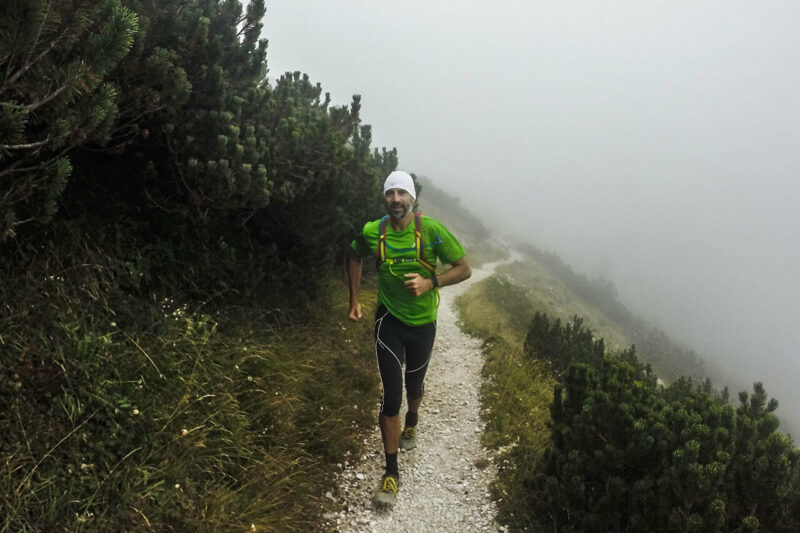What Can Physical Training Teach Us About Mental Resiliency
What if we approached all aspects of our lives as we do our physical and endurance training? Utilizing periodization principles and maintaining a respect for rest and recovery are widely accepted approaches to consistent growth in the pursuit of building physical strength and endurance. The majority of athletes accept what is often referred to as the 10% rule. The rule advises increasing training volume at small increments to allow the body to adjust and grow into the physical tasks we ask of it. At the core, these approaches are about dealing with stress. Albeit physical, not the emotional and mental strain typically labeled stress.
I firmly believe stress is stress, our systems react similarly regardless as to whether the underlying cause is physical, mental, or emotional. If we assume this to be true, should we not approach all self-induced stress intended to create growth with a similar methodology one would for the physical? The aforementioned training approaches are about pushing our bodies just outside their comfort zones, adapting, then pushing again. Ultimately the efforts of expanding our comfort zones improves our performance. By using this slow, methodic approach we patiently make measurable gains. When we deviate and attempt to push our limits too quickly, or without proper understanding and knowledge of form and technique, our bodies break. Over-training causes fatigue and injuries, and eventually the body shuts down to force rest and recovery.
Contrarily, we don’t employ these approaches of expanding our comfort zones with goals and endeavors that push our mental and emotional capacities. We don’t try to stretch ourselves in incrementally measured 10% clusters. We jump in the deep end thinking the mind and spirit are more resilient, or more likely, we don’t consider their vulnerabilities at all. We don’t take a 3-to-1 approach of build—then—recover, cycled. Instead, we start accumulating mental and emotional stressors early on and stack one upon another for years. We take paths of school, more school, job, car, spouse, house, family, and with it the accompanying emotional and mental stressors.
However, the path isn’t the issue, your path could look very different then the one mentioned. The issue, as I see it, is pushing our comfort zones in mental and emotional growth by a significantly greater degree than we might our physical limitations. The issue is an assumption that our emotional and mental resiliency is greater than that of our physical resiliency, and therefore not respecting an equal need for periodic and consistent rest and recovery.
Possibly, mental and emotional training requires a similar regimented, deliberate, yet slow and steady approach to achieve gains and ultimately success. The lack of an incremental build—then—recover methodology is perhaps a contributing factor to our growing rates of stress, bankruptcy, divorce, unhappiness, discontent, anxiety, and depression.
If we step back and consider what we’ve learned from our pursuits in building resilient bodies, we may become more equipped to craft increasingly resilient minds and soaring spirits.






